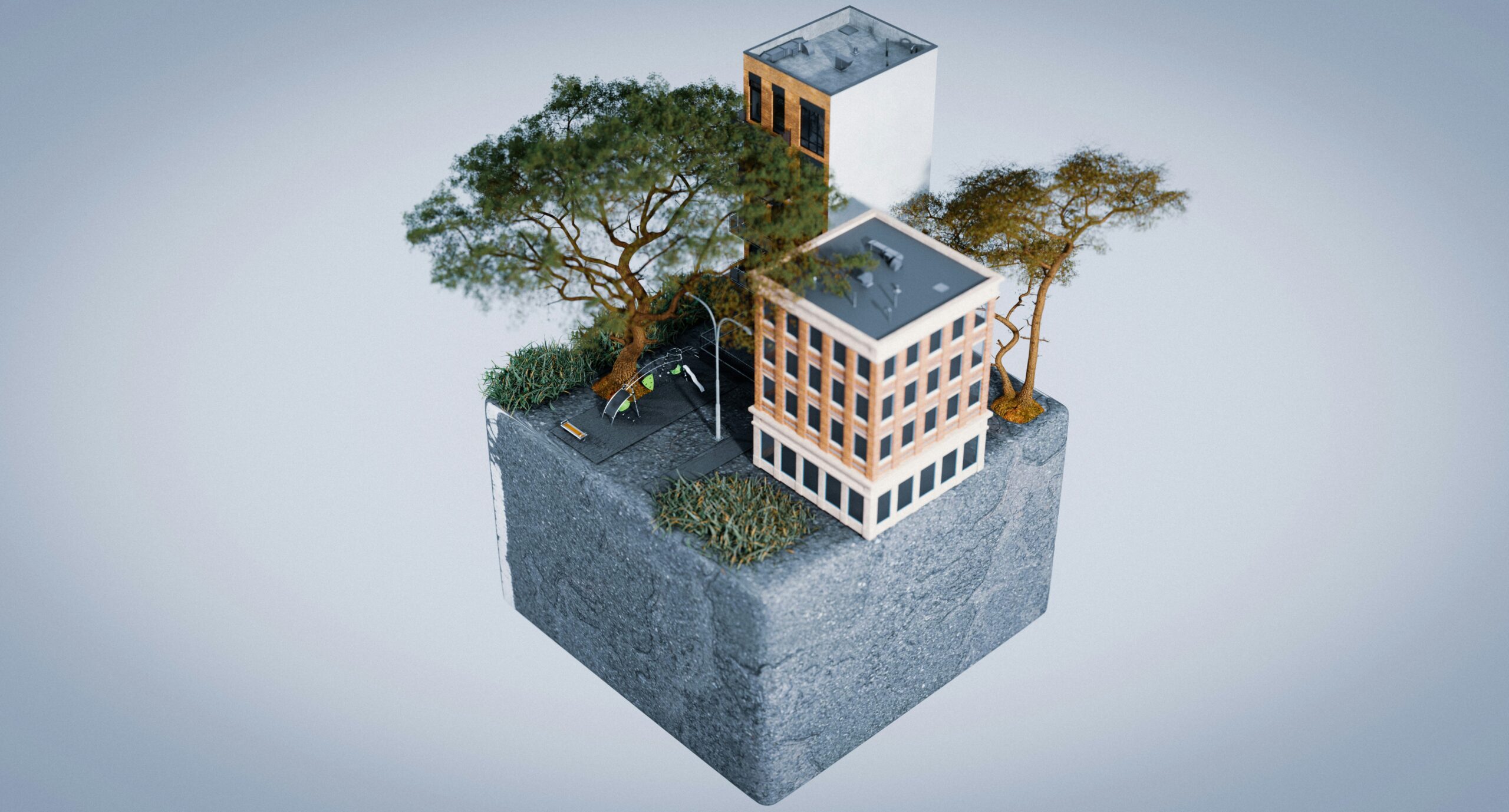
Understanding Resilient Real Estate in a Changing Market
In today’s volatile economy, resilience in real estate isn’t just a goal—it’s a necessity. Market cycles, climate risks, and evolving consumer expectations are reshaping the way developers and investors approach growth. Sustainable real estate offers a smart, forward-looking strategy that balances financial performance with environmental and community stability. To remain competitive, industry leaders are rethinking their approach to building, financing, and maintaining property assets.
The Role of Sustainability in Long-Term Value
Sustainable buildings are no longer niche projects. They’ve become central to institutional investment portfolios due to their efficiency, lower operational costs, and strong tenant appeal. Green certifications like LEED or ENERGY STAR attract tenants who value corporate responsibility and comfort while also ensuring long-term cost savings on energy and maintenance. Developers that prioritize sustainability often see improved financing options and stronger valuation growth over time. In a competitive market, these advantages can be decisive.
Designing with Durability and Adaptability in Mind
Designing for resilience means anticipating change—whether it’s in climate, technology, or demographics. Properties that are built or retrofitted with durable materials, flexible layouts, and smart infrastructure can adapt more easily to shifting tenant needs or regulatory updates. From flood-resistant foundations to smart HVAC systems, future-proofing enhances the asset’s ability to perform under stress and maintain high occupancy rates, even during downturns or disruptive events.
Financial Models that Encourage Sustainable Investment
Financial innovation is also supporting sustainable growth. Real estate investment trusts (REITs), green bonds, and ESG-focused funds are unlocking capital for projects that prioritize environmental performance and long-term viability. These models reward investors for thinking beyond immediate returns and focusing on lifecycle value. Lenders, too, are increasingly tying favorable terms to sustainable criteria, incentivizing developers to align with green benchmarks.
Balancing Profit with Purpose
A resilient real estate strategy isn’t only about minimizing risk—it’s also about maximizing relevance. Properties that serve the evolving needs of communities, such as affordable housing, mixed-use developments, or transit-oriented designs, are better positioned for lasting success. These assets often generate more stable income streams, reduce vacancy rates, and build stronger relationships with local stakeholders. As cities prioritize sustainability and livability, these real estate models naturally align with broader policy trends.
Technology and Data as Pillars of Sustainable Growth
Digital tools now play a critical role in evaluating and enhancing resilience. Building management systems, predictive maintenance, and energy monitoring platforms allow owners to optimize performance in real time. Additionally, access to accurate data helps investors assess risk exposure, from carbon emissions to weather vulnerability. With more transparency and control, decision-makers can fine-tune assets to meet performance targets and reduce operational surprises.
Looking Ahead: A Blueprint for Market Leadership
To succeed in today’s real estate market, players must move beyond short-term speculation and toward purpose-driven development. Sustainability is not only good ethics—it’s good economics. Resilient real estate portfolios weather disruptions more effectively, draw consistent demand and command greater investor interest. As competition intensifies, those who embed sustainable principles into every layer of their strategy will emerge not just stronger—but smarter.